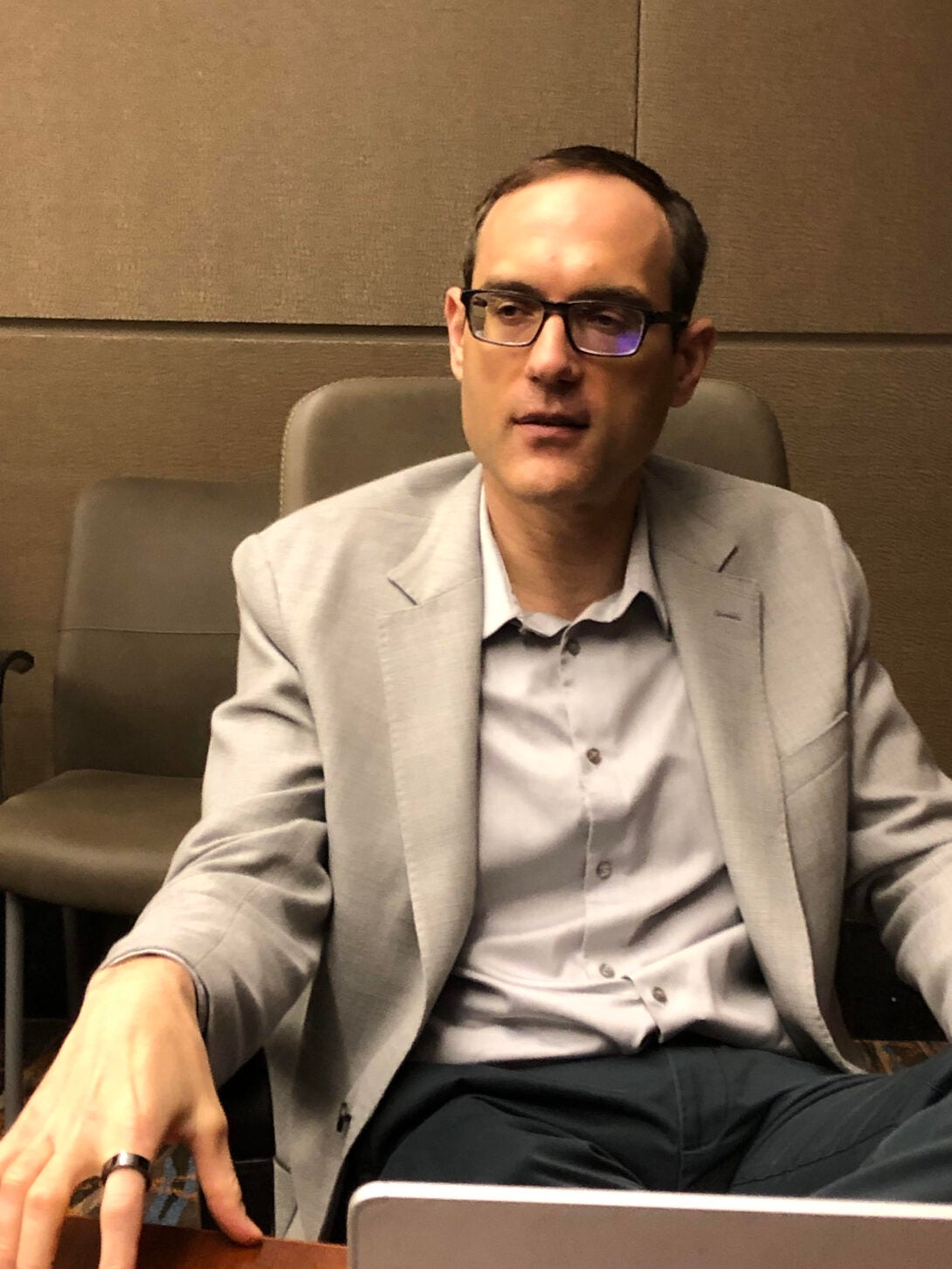Rethinking Property Taxes
August 27, 2024
By Shayne Kavanagh and Chris Berry
The property tax is a critical revenue source for local governments. The tax is widely unpopular, but GFOA’s latest report Rethinking Property Taxes takes the position that it is worth rehabilitating! Property taxes have redeeming qualities such as: stability in revenue yield; an immobile tax base; and making a direct connection between the taxes people pay and the services they get (e.g., local property taxes funds local schools, public safety services, etc.).
Goals of Rethinking Property Taxes
We believe that rethinking the property tax requires centering our goals around the interest of taxpayers. We have developed two goals for rethinking property taxes, both of which have benefits for both taxpayers and the financial condition of local governments.
Goal #1 is to provide accurate and fair valuations of total tax liability. Accurate assessments ensure tax fairness and adequate revenue. Unfair assessments disproportionately impact tax lower-income property owners.
Goal #2 is to provide stable and predictable costs. Unpredictable tax increases contribute to the property tax's unpopularity.
How to Achieve the Goals
Rethinking Property Taxes suggests several strategies to achieve the goals. Let summarize the most important, starting with the strategies to provide accurate and fair valuations of total tax liability.
- Frequent Reassessments: The most obvious cause of inaccurate assessments is that too much time has passed since the last revaluation. Imagine a market with 5% annual increases and a 3-year period between assessments. That’s an eye-popping increase of roughly 15% at re-assessment. Reassess on an annual basis to solve this problem. Maricopa County, Arizona, has an annual assessment process and has also been working on improving property tax fairness. These efforts have produced impressive results: The appeal rate in Maricopa is less than 1% for all parcels, including commercial, and below that for residential.
- Data Science and Technology: Annual reassessments could be costly. Use technology to estimate value more cheaply and accurately than is possible with traditional methods. Maricopa County has blended traditional computer-aided mass appraisal methods with statistical tools. For example, the county has improved its ability to find and correct outliers in the assessment data, which reduces the number of appeals. Maricopa has added the ability to model market influences in certain neighborhoods.
- Collaboration: Smaller jurisdictions can collaborate to achieve the scale needed to fully access data science and technology.
- Fair Assessment Practices: Primarily, this requires correcting widespread “flaw of averages” problem in assessments. Assessors must value many properties, and each property is different. Averages offer a short cut to summarize many different properties together. However, this short cut tends to benefit high value properties and disadvantage low value properties. Averages values applied to low value properties pull up the estimated value, while average values depress the estimated value for high value properties. Research by the University of Chicago has shown this problem is widespread across the United States. This is a complex problem, but better assessment methods, based on modern data science and technology can be a big part of that solution. The University maintains a website that shows counties across the US are doing on fair assessment practices.
Cook County, Illinois, has been on the forefront of solving the problems we describe here. Cook County’s data team developed a residential valuation model using open-source software. the model has been refined each year by collaborating with valuation experts who have years of assessment and appraisal experience in Cook County. Because location matters to property values, the data team focused on adding geospatial features to the assessment model, such as distance to amenities (like the lakefront or public transit) and other geographies (such as school districts) that affect property value and assessment accuracy.
Then there are strategies to provide stable predictable costs to taxpayers. These include:
- Responsive Rate Setting: Adjust tax rates to reflect market conditions, preventing large increases.
- Legislative Limits: Put limits on tax increases…however, limitations should, foremost, focus on providing relief to those most in need such as senior citizens and low-income individuals. Circuit breaker programs are good examples of this. Broader relief programs have a place too but should focus on the outcomes taxpayers care about (the total bill) rather than the inputs (rate and assessment).
An example is budget-driven assessment systems, where a taxpayer’s bill is solely a function of the total revenue the local government wishes to raise. This is easier to hold stable: if the local government asks for 3% more revenue, the taxpayer’s bill goes up by 3%. This compares to rate driven system, where the rate determines the tax burden. This is harder to keep stable. For example, if the rate goes up by 3% then any increase in assessed value multiplies the total burden.
- Accurate assessments: Strategies to increase accuracy also help with stability because accurate assessments are less likely to change dramatically over time. That’s because there is less potential for large errors that need correcting later.
- Monthly Billing and Auto-Deductions: Offer more frequent billing options and automatic deductions to ease payment burdens.
- Clear Communication: Ensure property tax bills are understandable and transparent, detailing calculations and comparative information.
Conclusion
By addressing the issues of accuracy, fairness, and predictability in property taxes, local governments can improve public perception and compliance, ensuring a more equitable and stable revenue system. The Rethinking Property Taxes, and the larger Rethinking Revenue initiative of which it is part, highlights the potential for reform to align tax systems with contemporary socio-economic realities, benefiting both taxpayers and local governments.
The contents of this blog post reflect those of the authors, and not necessarily those of the GFRC.
About the Authors

Shayne Kavanagh is the Senior Manager of Research for the Government Finance Officers Association, and has been a leader in developing the technique of long-term financial planning and policies for local government. He started GFOA’s long-term financial planning and policy consulting offering in 2002 and has been working with governments on financial planning and policies ever since. Most recently, Shayne has pioneered the use of computer simulation to “stress test” the long-term financial position of local governments.
About the Authors

Christopher R. Berry is the William J. and Alicia Townsend Friedman Professor at the Harris School of Public Policy and the College and director the Mansueto Institute for Urban Innovation, at the University of Chicago. He was the inaugural director of the Center for Municipal Finance and is a current faculty affiliate.